Squamous Cell Carcinoma
What is Squamous Cell Carcinoma (SCC)?
Squamous cell carcinoma (SCC) is the second most common skin cancer. it is an uncontrolled growth of abnormal cells arising from the squamous cells in the outmost layer of skin (epidermis).
What causes SCC?
too much ultraviolet (UV) radiation - typically Cumulative, long-term exposure to UV radiation from the sun and tanning beds.
Where to look for SCC?
Squamous cell carcinomas are common on sun-exposed areas such as the ears, face, scalp, neck and hands - look in places that reveal signs of sun damage, including wrinkles and age spots.
It is possible, particularly for people with Black and brown skin, for SCC’s to be on skin that isn't exposed to sun, such as nside the mouth, on the bottoms of the feet or on the genitals.
How serious is SCC?
SCC tends to grow slowly but without treatment, it can grow deep. When the cancer grows deep, it can injure nerves, blood vessels, and anything else in its path. It can also spread to other parts of the body, which can be deadly. SCC’s can sometimes grow rapidly and metastasize if not detected and treated early.
Typically is not life-threatening.
When to see a doctor?
If you have a sore or scab that doesn't heal in about two months or a flat patch of scaly skin that won't go away.
People with the highest risk factors have…
light skin tones and have spent lots of time in the sun
blond or red hair, have light-colored eyes and freckle
skin that sunburns easily or has a history of sunburns
Use(d) tanning beds
a history of skin cancer or precancerous skin lesions.
Take medication to prevent the body from rejecting a transplanted organ
a weakened immune system or HPV
scars or long-lasting wounds on the skin
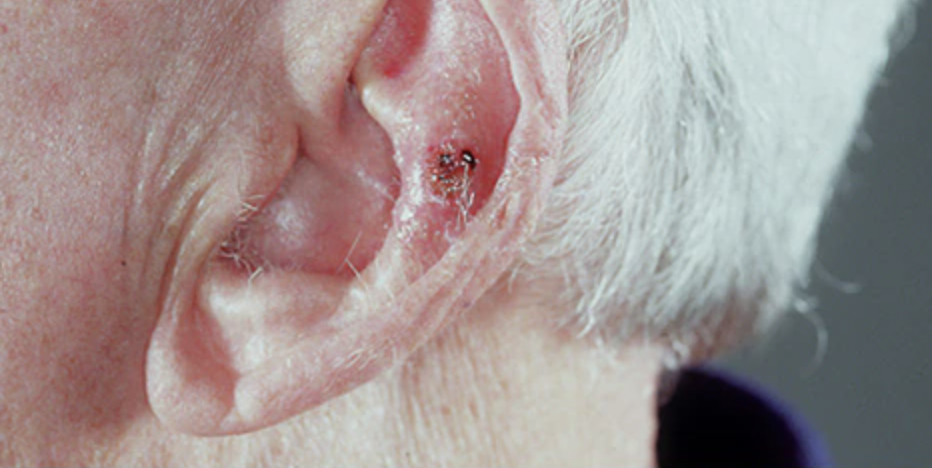
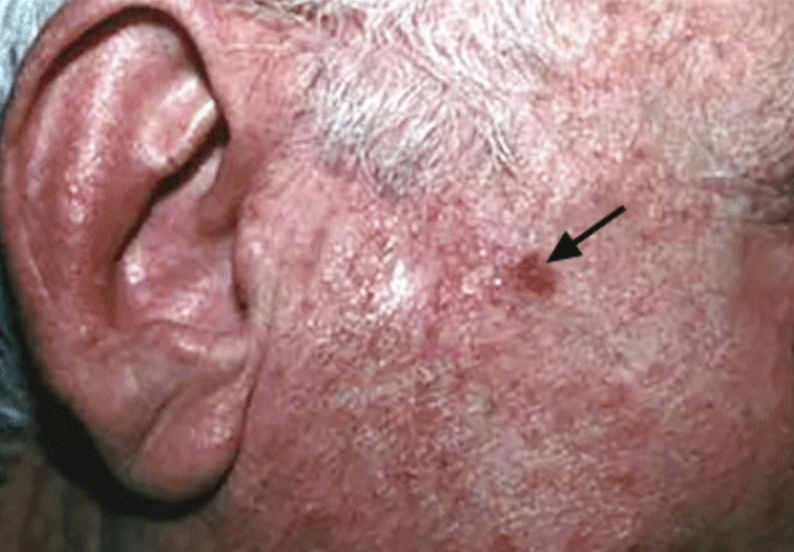
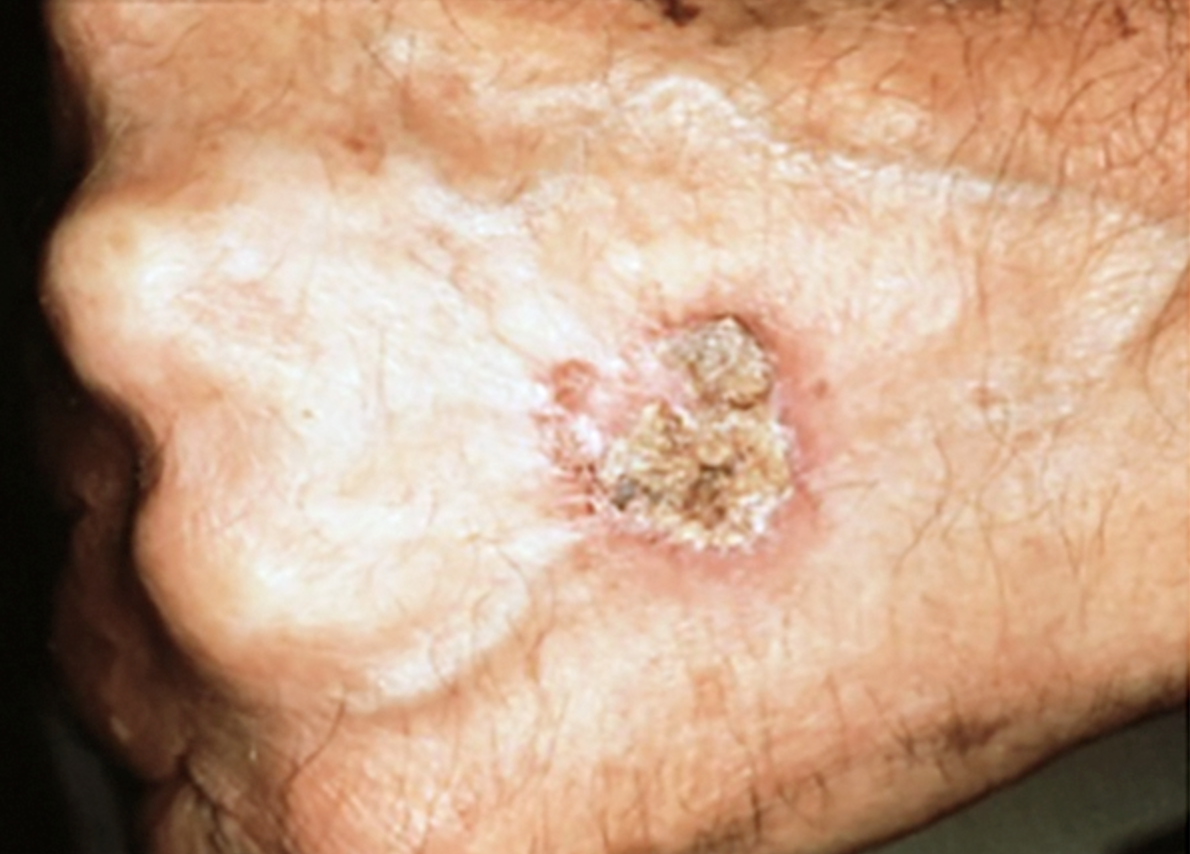
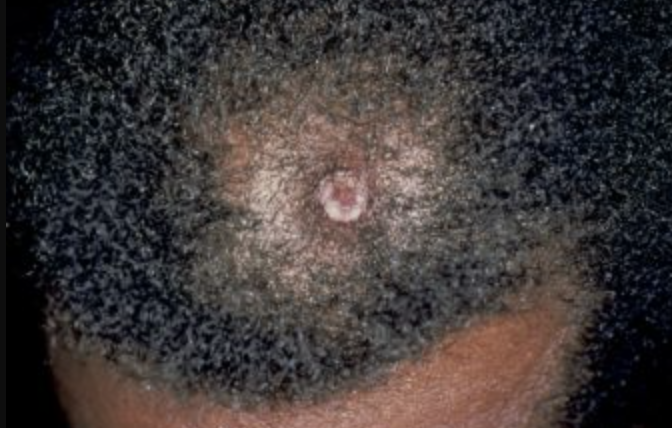
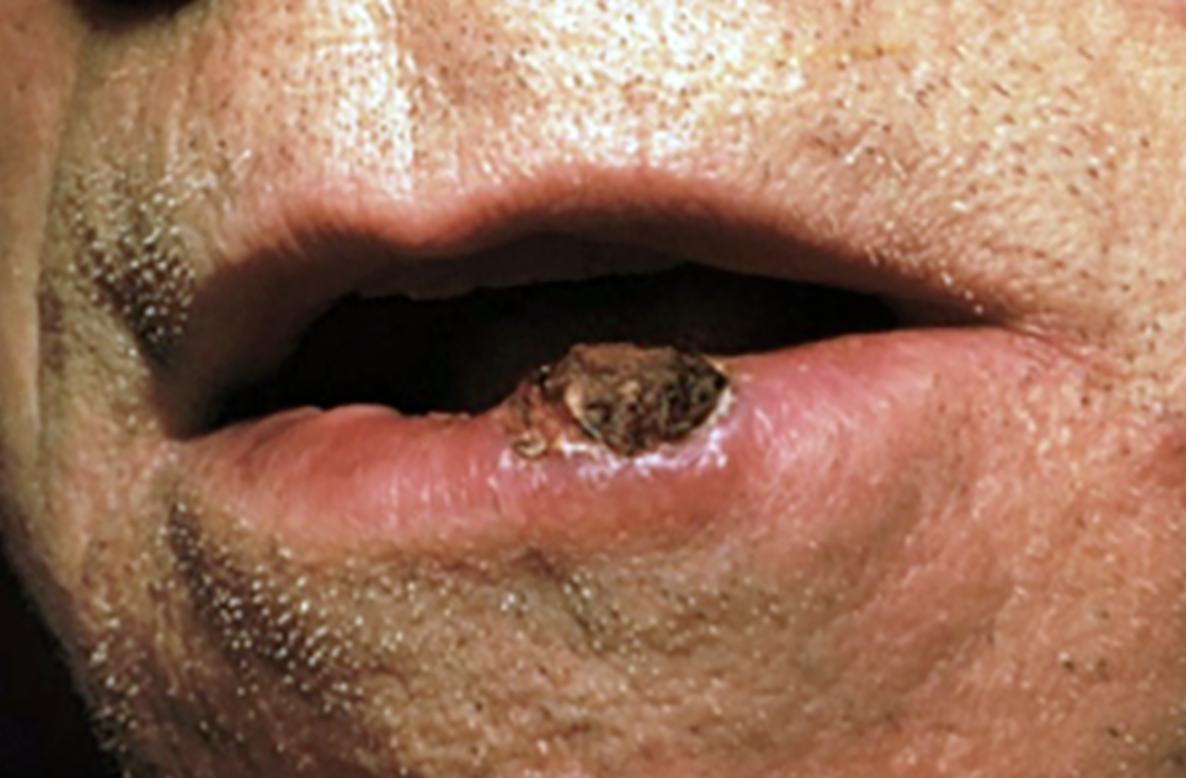
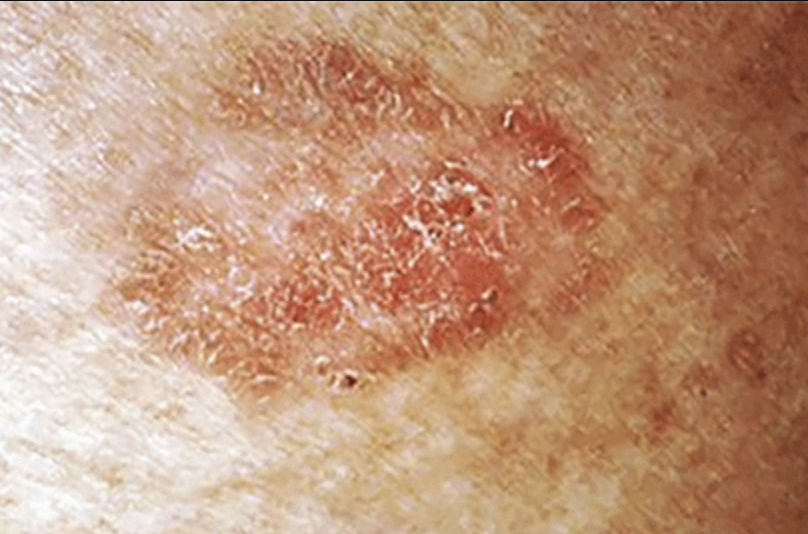
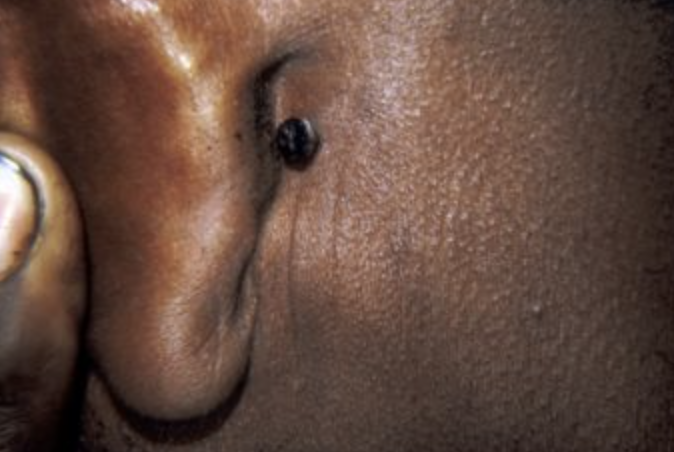
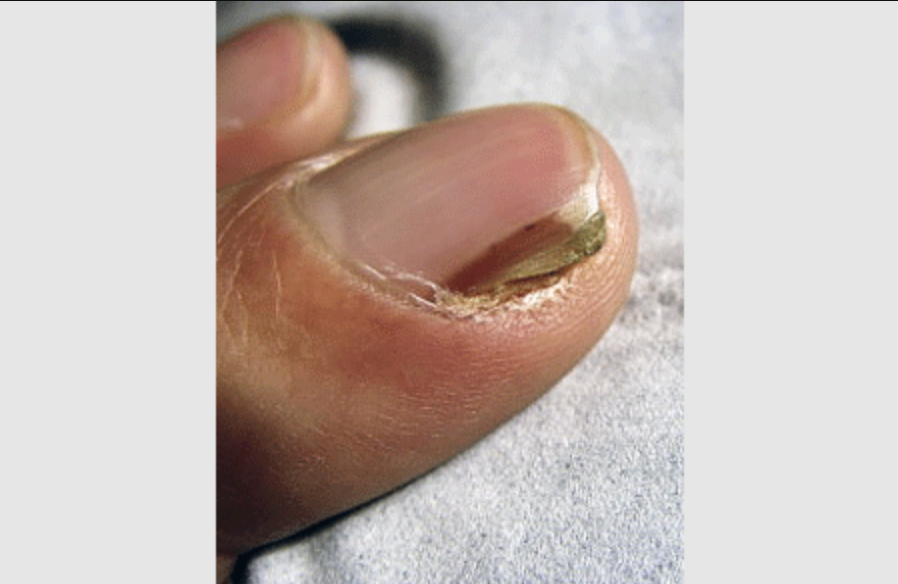

What to look for?
SCCs can appear as thick, rough, scaly patches that may crust or bleed. They can also resemble warts, or open sores that don’t completely heal. These changes in the skin usually have one of the following characteristics:
A firm bump on the skin, called a nodule. The nodule might be the same color as the skin, or it might look different. It can look pink, red, black or brown, depending on skin color.
A flat sore with a scaly crust.
A new sore or raised area on an old scar or sore.
A rough, scaly patch on the lip that may become an open sore.
A sore or rough patch inside the mouth.
A raised patch or wartlike sore on or in the anus or on the genitals.

